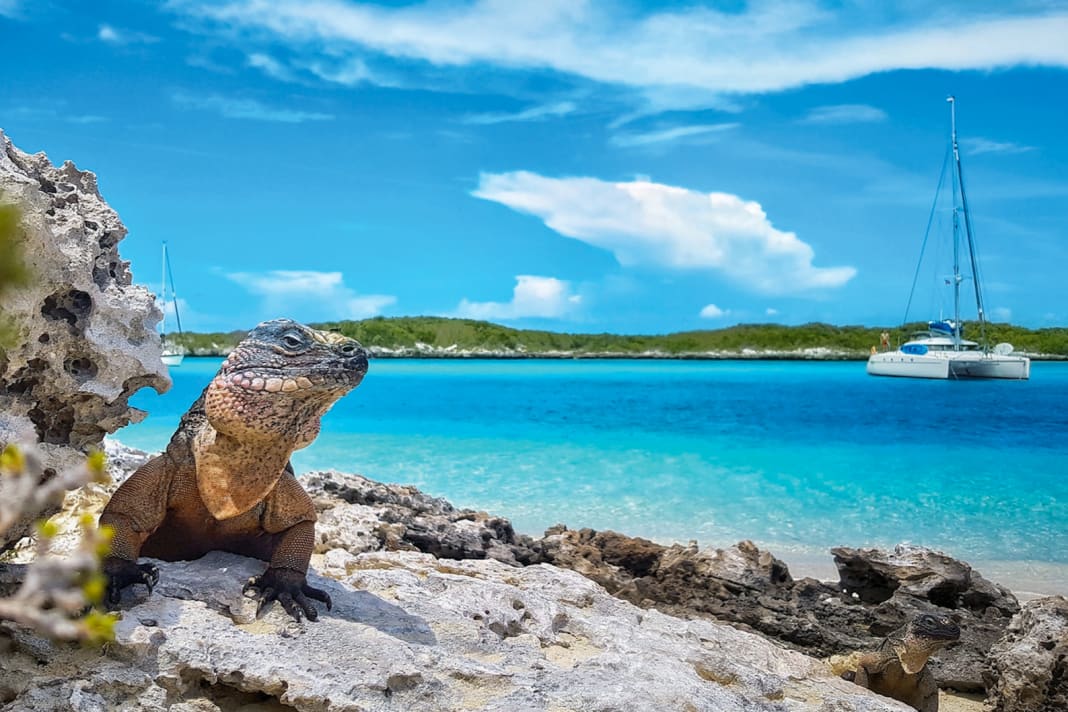Territory portrait Bahamas: Three hotspots in the somewhat different Caribbean
Johannes Erdmann
· 04.02.2024






For most people, the Bahamas are difficult to locate on the world map. While the well-known Windward and Leeward Islands in the east of the Caribbean are strung together like a string of pearls, the Bahamas lie further north-west and north of Cuba - and therefore more or less in the second row. The archipelago stretches over 500 nautical miles in an east-west direction and the influence of the trade winds, which determine the sailing weather in the Caribbean, is barely noticeable there.
When the islands were discovered by Columbus in 1492, he was amazed at the shallow waters and the many sandbanks that characterise the area. He christened it "Baja Mar", meaning shallow sea. Over time, the name "Bahamas" was derived from this. Later, the British crown laid claim to the islands, which in turn were ousted by pirates who made the island of New Providence their headquarters at the end of the 17th century. Even today, there are many reminders of its turbulent past. From 1717, the Bahamas were a British crown colony, which was only granted independence in 1973.
No boredom in the Bahamas
More than half of the island state's 400,000 inhabitants live in the capital Nassau. There are direct flights there from Europe with British Airways from London, otherwise a stopover in Miami, Atlanta or New York is usually necessary. Charter bases are located in the north on Abaco and in New Providence. The island of Eleuthera and the Exumas can be reached from there.
The best times to visit are the months of November and December as well as March and April. During the hurricane season from June to October, however, the weather is unstable and it gets blisteringly hot. There are no mountains or even rainforests, as we know them from Grenada, for example. Even palm trees are rare in the Bahamas. Instead, the flat coral islands are mostly covered in bushes.
Nevertheless, there is no room for boredom. On the contrary, the island groups are very different from one another. While New Providence is very touristy as a port of call for many cruise ships, things are more relaxed on Abaco in the north. Eleuthera even seems a little forgotten and has a shabby-chic look. Finally, the Exumas are largely uninhabited; at best, individual islands are privately owned. Even restaurants are rare. There are only two opportunities to eat out during a cruise.
The level of difficulty of the area is in the medium range. Uncharted reefs, shifting sandbanks and tidal currents mean that nautical charts are often only a guide. As a rule, you have to navigate by sight.
